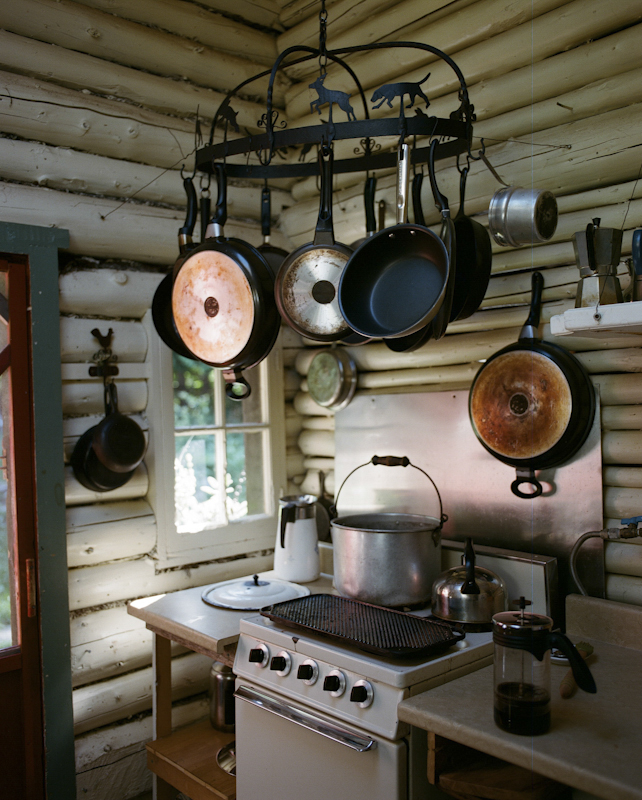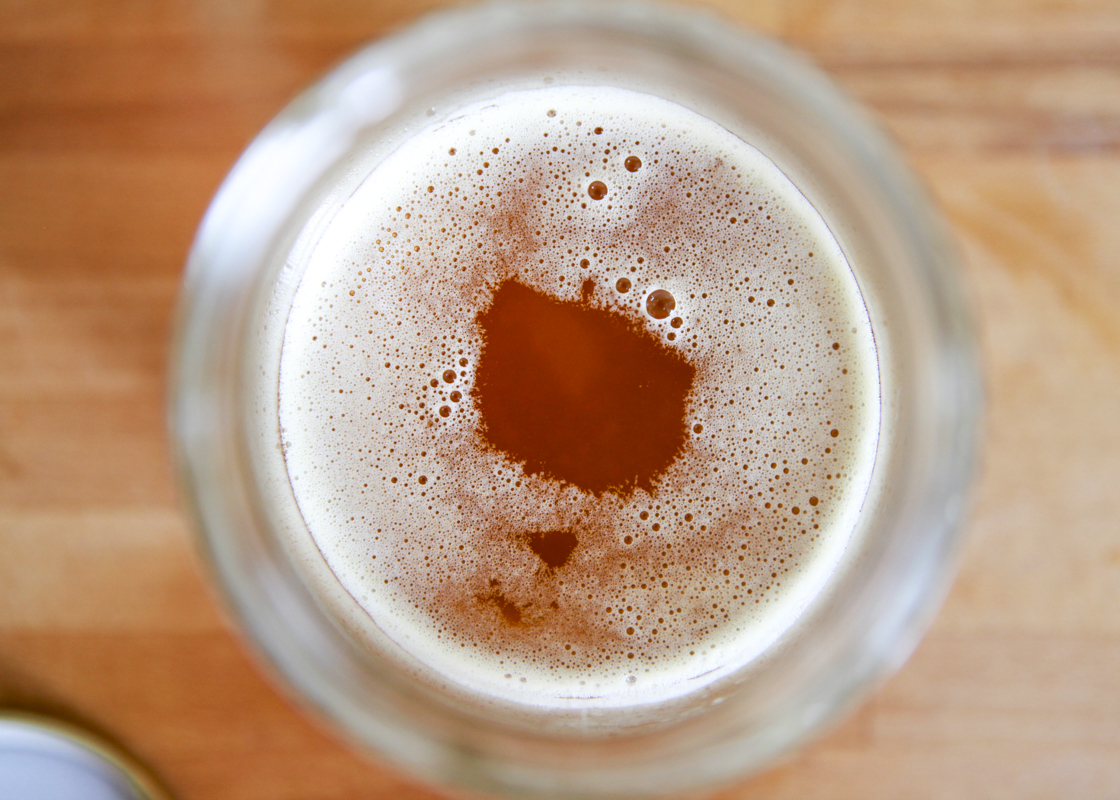Despite the suggestions of the title, this is really a post about peristalsis; or the series of muscle contractions that helps food move from our mouths deep to the depths of our digestive tract, essentially providing the motion to our digestive ocean and without which proper absorption and assimilation of nutrients would be impossible.
Peristalsis is controlled by our autonomic nervous system — the same system that pumps blood to our heart, brings oxygen to our lungs, sweat to our armpits, tears to our eyes: all of the hidden processes that constitute the majority of our physical experience.
These processes are directly influenced by stress via a protective evolutionary mechanism for giving our bodies full physical prowess in the event of coming across, say, a saber-tooth tiger. Our sight sharpens, our breath quickens, and all of our blood moves away from our digestive system and into our muscles and limbs enabling us to either take on that tiger or to run like hell.
Fight or flight, or the sympathetic mode, is very democratic. It is so democratic that it makes no discernment between authentic stress–coming across two grizzly cubs while mama bear’s back is turned–and, let’s just say, lessor stresses–like the price of organic strawberries, or driving in L.A. (though the latter is pretty close to the bear cubs, if you ask me). As you can imagine, we are constantly subjected to the sympathetic mode.
This is problematic for a number of reasons, namely in regards to digestion. In order to ready our bodies for digestion, we must be in the parasympathetic mode, or rest & digest. When truly relaxed, our heart rate slows, our energy is conserved, and our blood moves back to our digestive system, relaxing our digestive sphincters (yes, there are others besides that one) and enabling our dear friend peristalsis to get its groove back, which in turn, sets our system up for maximum absorption and assimilation of our food.
Enter the dinner time prayer. A concept so foreign in my family–where any gathering at a table during mealtimes was purely accidental or otherwise involving a great, big stuffed bird or a great, big birthday cake–as to be transoceanic.
Oddly enough, my first introduction to this concept was when I myself was transoceanic–in, of all places, Sweden, a markedly nonsecular country. I spent a spring month volunteering, or WWOOFing, on a 16-cow dairy farm in northern Sweden with a Swedish-American Mormon family and, as you can imagine, my education in the family dinner was accelerated. For those of you unfamiliar with the traditions of our Beehive State friends a Mormon dinner includes, not only prayer, but also scripture readings and songs. Yes, songs. And I’m not even talking about the bacchanalia that is home-family-evening! (Mormon inside joke). Each night, no matter how much work we had done earlier or how much work had to be done still, we gathered around the kitchen’s broad table and were together, and were, more importantly, grateful.
Needless to say, I was converted.
No, not that kind of conversion (am still of the goddess-worshiping ilk, thank you very much). I was converted to the family dinner, the dinner time prayer, the cleared space from a day filled with stresses for a meal centered on gratitude. A family dinner is not subject to any particular set of standards; it can consist of twenty strangers or just you. Its value is in its moments. A few moments to consider the soil, the sun, the plant, the animal, the farmer, and in some cases, the truck driver, the pilot, the oil that each contributed to the contents of your plate. A few moments to consider the expanses which your community contributes to your everyday. A few moments to consider the breadth of love you are capable of contributing both outward and inward. A few breaths in these moments, deep, parasympathetic-mode-inducing breaths, peristalsis-encouraging breaths that bring with them a willingness & a readiness to be nourished; Praise be.


